PPT-Unit 1 Legal Studies
Author : marina-yarberry | Published Date : 2016-03-31
Head Start Program Ms Manson contact details Staffroom Commerce 2 opposite Room 23 Email mansonelyseeedumailvicgovau All school rules apply in this classroom in
Presentation Embed Code
Download Presentation
Download Presentation The PPT/PDF document "Unit 1 Legal Studies" is the property of its rightful owner. Permission is granted to download and print the materials on this website for personal, non-commercial use only, and to display it on your personal computer provided you do not modify the materials and that you retain all copyright notices contained in the materials. By downloading content from our website, you accept the terms of this agreement.
Unit 1 Legal Studies: Transcript
Download Rules Of Document
"Unit 1 Legal Studies"The content belongs to its owner. You may download and print it for personal use, without modification, and keep all copyright notices. By downloading, you agree to these terms.
Related Documents

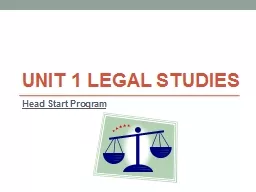
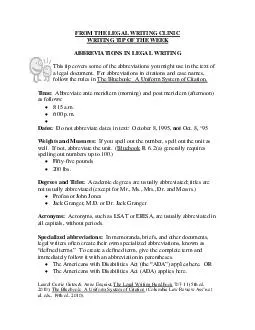
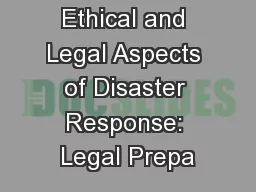

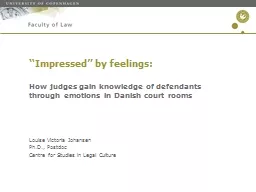

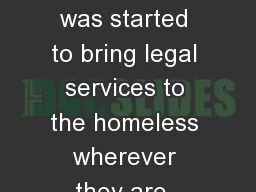


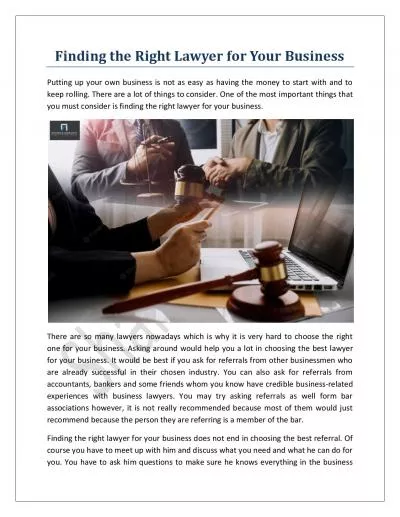
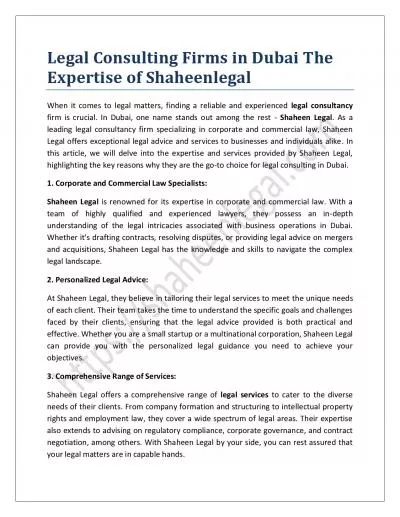
![[PDF] DOWNLOAD Texas Legal Research (Legal Research Series)](https://thumbs.docslides.com/1019650/pdf-download-texas-legal-research-legal-research-series.jpg)
![get [PDF] Download Legal Vocabulary In Use: Master 600+ Essential Legal Terms And Phrases](https://thumbs.docslides.com/1019707/get-pdf-download-legal-vocabulary-in-use-master-600-essential-legal-terms-and-phrases.jpg)
